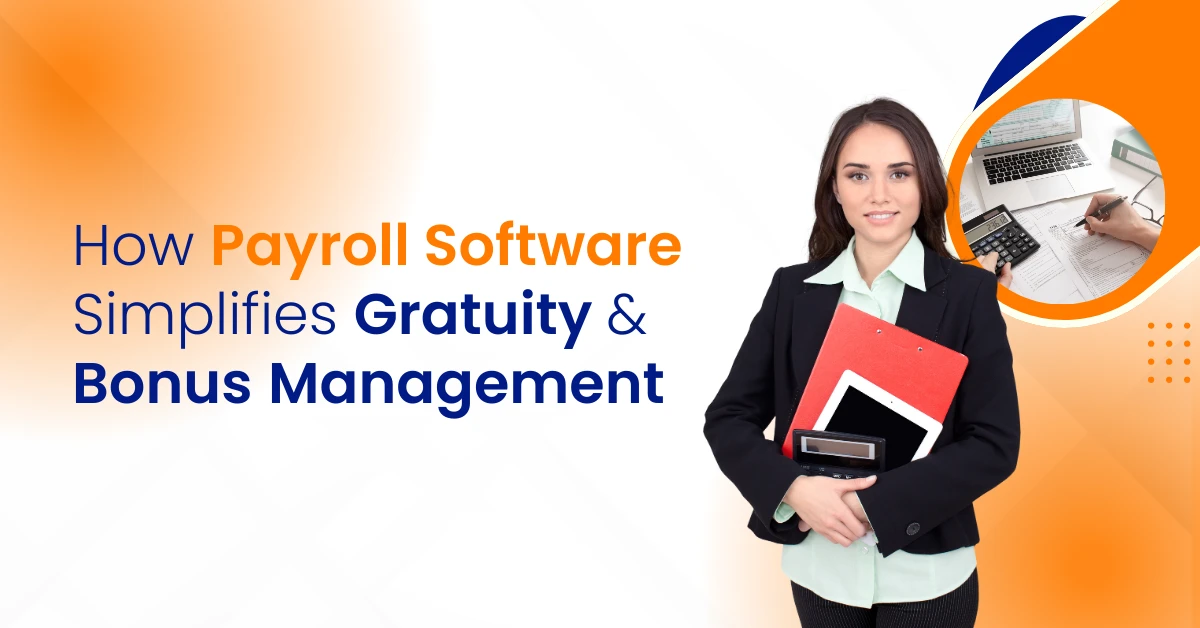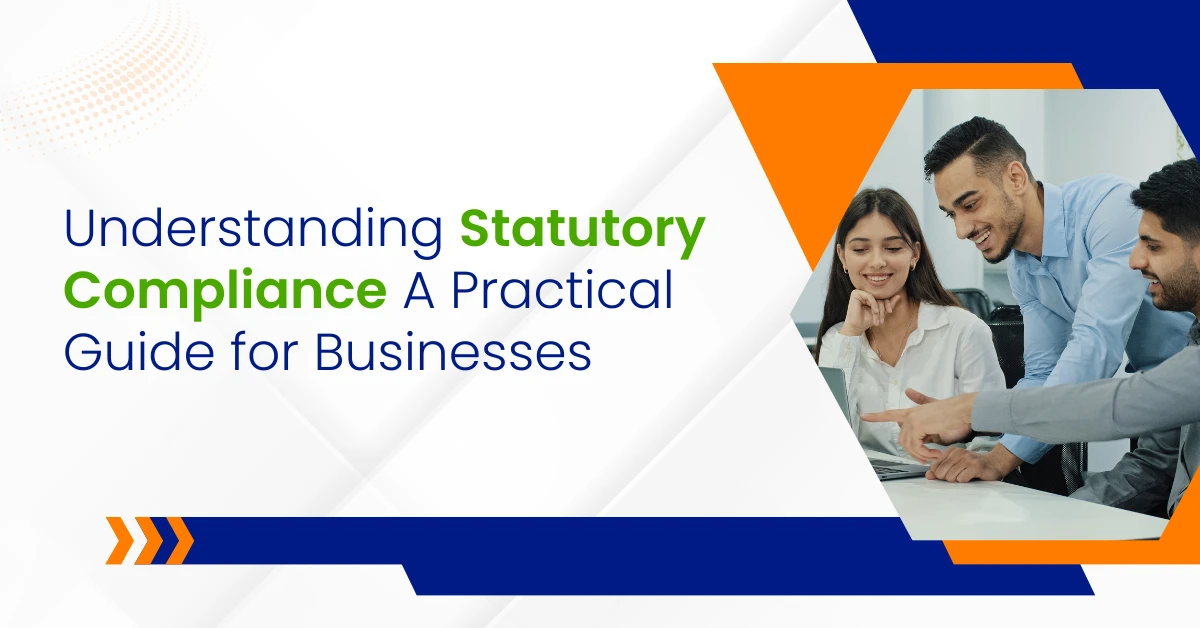Every employee’s journey begins the moment they accept the offer letter. This early stage can define whether employees decide to engage long-term or start browsing job portals again.
A clear, consistent, and well-structured employee onboarding process sets the pace for performance, morale, and alignment with your organisation.
Employers often ignore the early duration of joining. So, they miss the opportunity to create a smooth onboarding experience that comforts, connects, and helps the onboarding employees. A strong onboarding plan promotes retention, relationships, and helps to align with the job role.
Starting Right: Pre-Onboarding Essentials
1. Sorting the Onboarding Documents
Always make sure that the essential onboarding documents are ready before a new hire steps in ( the office or remotely ). These include:
- Employment contract
- Emergency contact information
- Tax forms
- Offer letter
- Company policies (including dress code and disciplinary rules)
- Access credentials and IT approvals
This isn’t just compliance, it’s about giving your hires a sense of direction from day one. It creates friction and confusion when employees fill out paperwork manually or wait for logins.
The documents should reflect the company’s mission, structure, and values clearly. It should be accessible across devices, especially for remote employees.
2. Initiating the Employee Onboarding Checklist
A customised employee onboarding checklist sets expectations early and ensures nothing is overlooked. It typically includes:
- Sharing onboarding documents
- Setting up systems (email, payroll, leave portal)
- Announcing the hire to other team members
- Orientation schedule planning
- Assigning an onboarding buddy
- Clarifying job duties and reporting lines
Your checklist should cover key intervals, first week, first month, and 90-day milestones. So that the new hires feel informed and confident.
3. Building the Pre-Day-One Relationship
Once the candidate accepts the job offer, initiate soft contact:
- Send a welcome email with orientation details
- Share links to the employee handbook and onboarding checklist
- Introduce the new hire to their buddy or team lead
This helps employees settle emotionally before they even arrive, reducing nervousness early stage.
The First Week: Setting the Tone for Long-Term Success
1. Structured Orientation Sessions
New hire orientation is where the new employee begins seeing how their role fits into the bigger picture. It should involve:
- Tour of office or virtual workspace
- Introduction to team members and other employees
- Detailed walkthrough of company goals and values
- Overview of company culture and organisational chart
Your HR team should aim for clarity, not overload. Focus on performance expectations, communication norms, and available support channels.
2. Introducing the Company Culture in Practice
Your company’s work culture decides how people communicate and how teams collaborate. The onboarding program must help new hires understand:
- Company’s mission and values
- Team dynamics
- Informal norms (who to ask what, how fast to reply, tone of emails)
Assigning a reporting manager while onboarding plays a major role in getting the new employees aligned with the organisation’s culture faster.
3. Engaging the New Employee from Day One
Engagement doesn’t start after 30 days. It begins in the first hour. Here’s how to make it count:
- Encourage managers to personally connect in the first week
- Allow new hires to shadow other employees
- Involve them in ongoing projects (even as observers)
- Share success stories that reflect company values
When employees continue past their first month, it’s not always about CTC or perks. Often, it’s because they feel seen and heard early on.
4. Training and Performance Alignment
Clarify job responsibilities without jargon. Training should focus on what matters most in the first 30 days. Customise it by:
- Role type
- Seniority
- Departmental structure
Track completion via an onboarding template and match it to performance metrics. Include learning checkpoints and continuous development modules.
Beyond the First Week: Scaling Onboarding Into a Long-Term Strategy
Many onboarding processes stop after the first few days. That’s a mistake.
The real test begins after orientation ends. Employees start handling job duties and understanding performance expectations. A strong onboarding process goes beyond paperwork; it should run over 30, 60, and 90 days with strategic check-ins.
Here’s how to shape an onboarding experience that supports real growth.
1. Creating a Long-Term Onboarding Plan
Your onboarding plan must account for varying levels of support depending on role complexity, location, or background.
Key elements in a strong onboarding plan include:
- Scheduled goal-setting meetings
- Monthly feedback from managers and the HR team
- Access to internal knowledge base and job-specific training
- Exposure to other departments for context and collaboration
- Introduction to internal tools and systems (e.g., CRM, HRMS, project management platforms)
2. The Value of Continuous Feedback
Don’t wait for appraisals. Immediate feedback loops help new employees adapt faster and feel connected.
Methods include:
- Weekly one-on-one meetings in the first month
- Anonymous feedback from new hires on their experience
- Digital feedback channels monitored by HR professionals
- Two-way reviews (new hires also provide input about the onboarding process)
3. Utilising the Onboarding ( Buddy ) Reporting System
Pairing new employees with experienced team members:
- Speeds up understanding of job duties
- Reduces reliance on formal channels
- Encourages bonding and trust
- Improves knowledge transfer
4. Supporting Remote Employees with Equal Priority
Onboarding remote employees isn’t about converting in-office processes into PDFs and emails. It requires thoughtful adaptation.
Tips for onboarding new employees remotely:
- Virtual welcome sessions and interactive orientation
- Digital onboarding documents are shared securely
- Live walkthroughs of tools and workflows
- Frequent pulse checks in the first 30 days
- Video calls with other team members and department leads
Bharat Payroll simplifies remote onboarding by offering:
- Cloud-based document access
- Video onboarding session scheduling
- Centralised access to employee handbook, policies, and organisational chart
This helps new hires feel informed, even if they’ve never stepped into your physical office.
Employee Orientation and Integration
1. What a Great Employee Orientation Looks Like
An orientation session should go beyond presentation decks. Think of it as an introduction to “how we work here.”
It should include:
- Welcome message from senior leadership
- Detailed overview of organisational chart and company structure
- Walkthrough of company values and goals
- Policy orientation (PTO, leave policy, appraisal framework)
- Role-specific expectations for performance and timelines
Keep it interactive. Let employees ask questions, suggest ideas, and clarify what they’re unsure of. The aim isn’t just to inform, it’s to help new hires feel welcomed.
2. Building Employee Engagement Through Purposeful Interaction
Employees decide to stay based on the quality of their early relationships, not just tasks. Encourage initiatives that build relationships naturally.
Ideas include:
- Assign collaborative projects early
- Schedule informal team coffee sessions
- Share internal newsletters, product updates, and wins
- Recognise quick contributions, even if small
This improves how hires feel about the company and other team members. Building relationships early helps embed them into your ecosystem.
3. Training for Job Responsibilities and Beyond
Don’t just dump manuals and assume the job is clear. Create progressive training:
- Week 1: Company structure and basics
- Week 2: Tools and systems
- Week 3: Core job responsibilities
- Month 2–3: Process improvement or performance refinement
Include video training modules, manager-led walkthroughs, and team-specific skill sessions.
Bharat Payroll offers a training tracker mapped to each role, including learning schedules, assessments, and badge-based completions.
4. Role of HR Leaders in Sustaining Onboarding Excellence
HR professionals are not just facilitators of the process; they are culture-builders.
Their responsibilities include:
- Ensuring policy visibility across onboarding documents
- Tracking emotional and functional metrics
- Collecting pulse feedback from managers and new employees
- Iterating onboarding checklists and templates every quarter
Practical Tools That Elevate the Onboarding Process
1. Employee Handbook: The Source of Clarity
The employee handbook is more than a PDF; it’s the go-to guide for every question a new hire might have but may hesitate to ask.
It should include:
- Company values, culture, and mission
- Job responsibilities and expectations
- Leave structure and dress code
- Code of conduct, grievance redressal, and escalation flow
- Department-wise contact lists and workflows
Well-designed handbooks support new hires as they navigate internal systems, understand company policies, and connect with the broader vision.
2. Free Templates to Simplify Your Workflow
Templates serve as reusable assets that save time across departments and take the guesswork out of consistency: from onboarding documents to orientation outlines. Templates you should keep ready:
- Onboarding checklist
- Welcome email series
- Offer letter format
- Role-specific job duties outlines
- Onboarding plan timeline (30-60-90 days)
Each template should be adjustable based on the team, seniority level, and employment type (on-site, hybrid, or remote).
Measuring the Success of Your Onboarding Strategy
It’s not enough to execute a plan; you must measure its results to improve over time.
Here’s what to track:
- Time to productivity: How fast new hires reach expected performance?
- Engagement scores: Are they participating in internal events, meetings, etc.?
- Retention at 6 and 12 months: How many new employees are retained?
- Feedback quality: Review from employees about their onboarding experience?
- Completion rate of onboarding tasks: Are all documents, forms, and sessions completed on time?
Data-driven insights emphasise weak spots that allow HR teams to rework or replicate their onboarding approach without any assumptions.
Final Thought: Make Onboarding Work for You, Not Against You
A well-planned onboarding program doesn’t just help new hires settle in; it reinforces your brand, protects against turnover, and boosts productivity from day one. It’s where employee satisfaction begins, and where company culture becomes more than just a slide deck.
But managing onboarding manually is no longer viable. From offer to orientation to payroll sync, your HR team deserves a better system.
Deliver offer letters, assign onboarding checklists, auto-collect documents, and integrate directly with payroll and compliance.
Frequently Asked Questions
1. What is the employee onboarding process?
Employee onboarding is a structured approach to welcoming and integrating new hires into an organisation. It begins after the job offer is accepted and continues through orientation, document completion, role training, and cultural integration.
2. What documents are required for onboarding?
The onboarding documents typically include:
- Offer letter
- Employment contract
- Tax forms
- Emergency contact information
- Identity and address proof
- Company policy acknowledgements
All documents should be shared and collected before or on the employee’s first day.
3. How long should the onboarding process last?
While initial orientation can be done in a week, a well-structured onboarding process often extends to 30, 60, or 90 days. This period allows enough time to build connections, deliver training, and evaluate job readiness.
4. How can companies make onboarding effective?
An effective onboarding process requires:
- A clearly defined onboarding checklist
- Assigned buddy or mentor
- Early access to tools and systems
- Cultural onboarding (not just policy-based)
- Continuous feedback loops
Tools like Bharat Payroll help standardise and automate these steps across departments.
5. How should remote employees be onboarded?
Onboarding remote employees involves:
- Digital welcome kits
- Virtual orientation and training
- Access to cloud-based onboarding documents
- Scheduled calls with team members and managers
- Regular performance and wellbeing check-ins
The goal is to make hires feel informed, connected, and supported, no matter where they are.
6. Why do new employees quit early?
When new hires feel disconnected, unclear about their responsibilities, or unsupported by the HR team or managers, they’re more likely to leave early. A strong onboarding process helps eliminate these risks.
7. What role does HR play in onboarding?
HR professionals manage the onboarding program by:
- Coordinating paperwork and policy communication
- Tracking task completion
- Assigning buddies
- Setting up first-week orientation and meetings
- Collecting feedback and improving the process continuously






